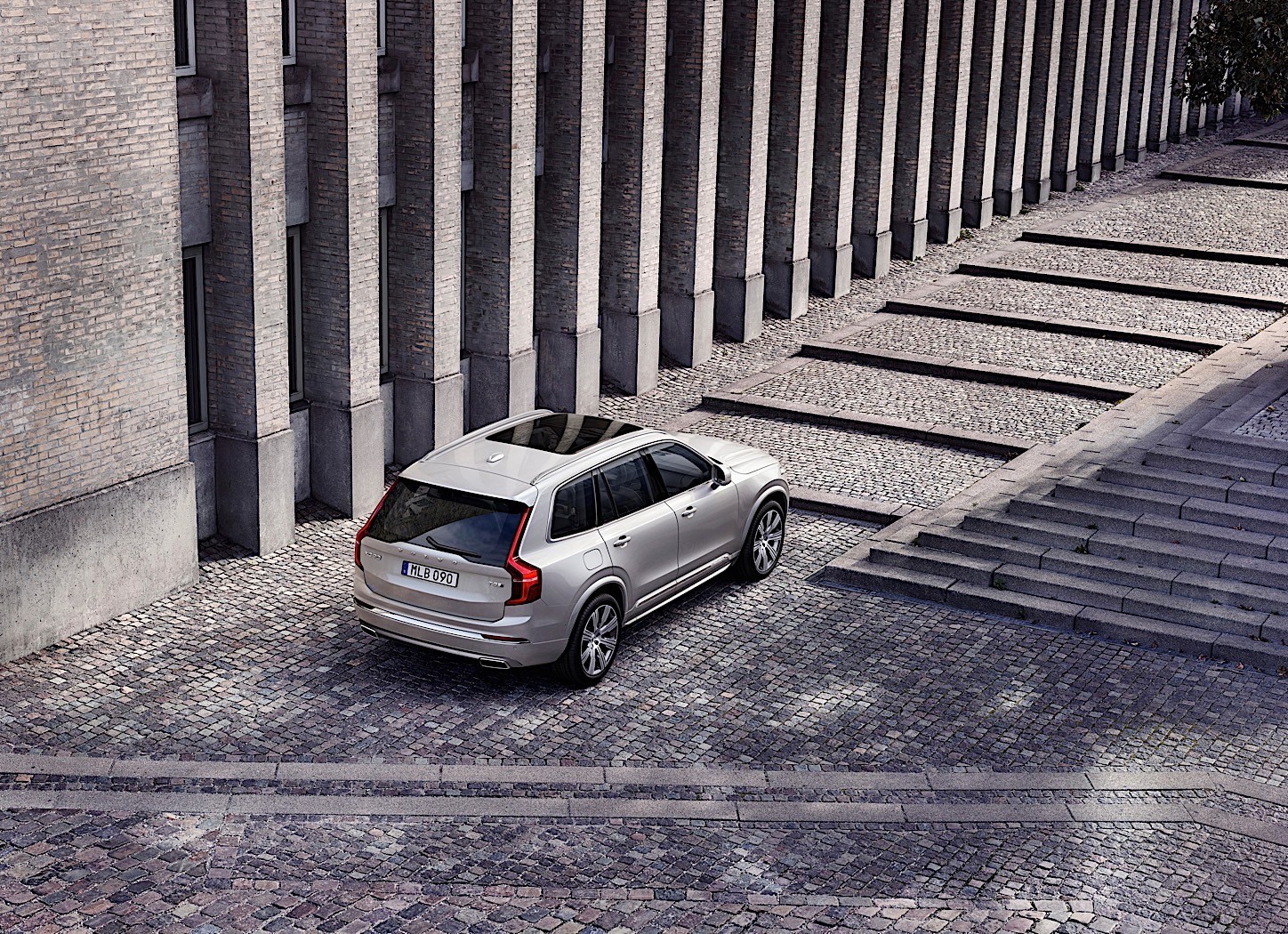

Due to the tragic event, Uber has put strict guidelines on its SDV on-road tests.Īlthough the vehicle drives itself during these tests, there will still be two trained Uber drivers in the driver’s and passenger’s seats. Since a fatal accident happened in Arizona last year caused by one of Uber’s SDVs, Meyhofer says the company has upped its safety regulations more than ever before. If the SDVs don’t pass one of the stages, they don’t reach the next phase of “Run.” The final stage is when Uber plans to begin conducting self-driving on-road tests in Dallas. The “Walk” phase then begins, which includes the simulation and test track. “We built a city in a city and we can reconfigure it to match other cities and test the attributes of those scenes,” Meyhofer says. The drivers are expected to drive on specific routes multiple times around a small area of Dallas to build a high-definition map.Īfter that, the SDVs will go through a “Develop Operational Design Domain” phase, when Uber will use the map built from the previous stage to create a full-size simulation at its 54-acre test track in Pittsburgh.

During that time, two SDVs will be deployed in Dallas, but will be manually controlled by Uber’s trained drivers. November marks the first “Crawl” stage of map development and key scenario identification.


 0 kommentar(er)
0 kommentar(er)
